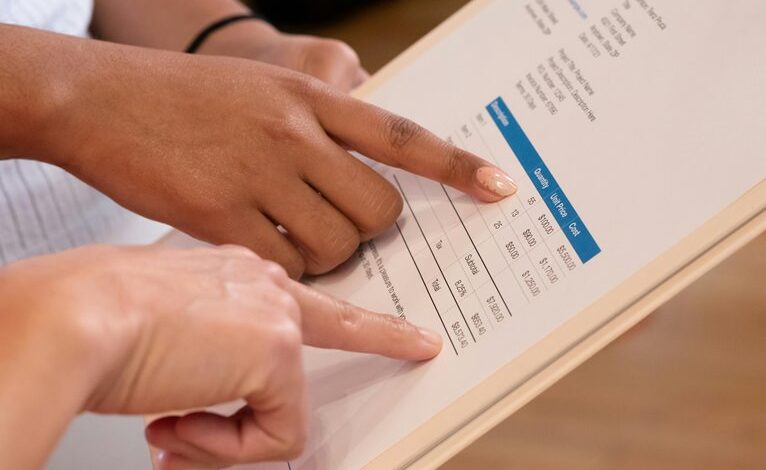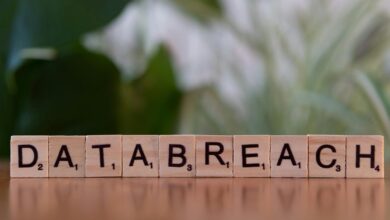Find Details About Caller: 4163501493, 4164129300, 4164806747, 4164910665, 4164910879, 4164916341

Understanding the origins and intentions of unknown callers can be crucial in today’s communication landscape. Numbers such as 4163501493 and 4164129300 raise questions about their legitimacy. Are they legitimate businesses or potential scams? Identifying these callers requires careful analysis and the right tools. What strategies can one employ to uncover the truth behind these numbers? Exploring the available resources may reveal not just their identities, but also the broader implications of such unsolicited calls.
Understanding the Importance of Caller Identification
Although caller identification may seem like a simple convenience, its significance extends far beyond mere identification of incoming calls.
Caller behavior analysis has become increasingly vital, revealing patterns that inform personal security and marketing strategies.
Furthermore, identification technology advancements enhance user control over communication, empowering individuals to screen calls effectively.
This freedom to choose fosters a more secure and informed connection in an ever-evolving digital landscape.
Overview of the Numbers in Question
An examination of caller identification methods reveals the complexities involved in recognizing and verifying numbers.
Commonly reported issues, such as spoofing and misidentified callers, raise questions about the reliability of these systems.
Additionally, understanding the significance of regional codes can provide insights into the origins and potential authenticity of incoming calls.
Caller Identification Methods
As individuals increasingly seek to identify unknown callers, various methods have emerged to facilitate caller identification.
Caller apps offer real-time insights, allowing users to discern the identity of incoming calls. Additionally, number lookup services provide detailed information about specific phone numbers, enhancing the caller identification process.
These tools empower users with the knowledge to make informed decisions about answering unknown calls.
Commonly Reported Issues
Caller identification methods, while effective, have highlighted several commonly reported issues associated with the numbers in question.
Many users express concerns about potential scams, prompting a heightened need for scam awareness.
Furthermore, the frequency of unwanted calls has led to increased interest in call blocking technologies.
These challenges underscore the importance of vigilance and proactive measures in maintaining communication freedom and security.
Regional Code Significance
Regional codes play a crucial role in understanding the origin and context of incoming calls.
The significance analysis of these numbers reveals:
- A deeper connection to local culture and identity.
- The potential for scams or legitimate outreach.
- The impact on personal safety and privacy.
Recognizing the importance of regional codes can empower individuals to make informed choices about their communications and interactions.
Common Reasons for Receiving Unknown Calls
Receiving unknown calls is a common experience that raises numerous questions about their origins and intentions. Many individuals encounter unknown callers who may be telemarketers, debt collectors, or even malicious scammers.
Heightened scam awareness is crucial, as these calls can lead to financial loss or privacy breaches. Understanding the motivations behind these calls can empower individuals to make informed decisions regarding their responses.
Tools and Methods for Identifying Callers
Numerous individuals seek reliable methods to uncover the identities behind unknown phone numbers, especially after experiencing unwanted or suspicious calls.
Effective tools include:
- Caller ID services that reveal the caller’s information.
- Reverse lookup websites that provide detailed data on numbers.
- Mobile apps designed to identify and block spam calls.
These methods empower users, fostering a sense of security and freedom from intrusive communication.
Steps to Take if You Receive Unwanted Calls
When individuals encounter unwanted calls, it raises important questions about effective responses.
Should they first consider blocking the number to prevent further disturbances, or is reporting the caller to authorities a more prudent initial step?
Analyzing these options reveals significant implications for personal privacy and safety.
Block the Number
Unwanted calls can disrupt daily life and create a sense of frustration. To reclaim control, individuals can block unwanted numbers effectively.
Steps to manage calls include:
- Feeling empowered by reducing interruptions.
- Gaining peace of mind with fewer disturbances.
- Restoring focus on important tasks.
Understanding the process of blocking can lead to a more liberated and harmonious communication experience.
Report the Caller
Reporting unwanted calls serves as a crucial step in combating harassment and protecting personal privacy.
Individuals facing caller harassment should familiarize themselves with reporting procedures, which often involve documenting incidents and notifying service providers or regulatory agencies.
Protecting Your Privacy From Unknown Callers
How can individuals effectively safeguard their personal information from unknown callers? Awareness and proactive measures are essential.
Utilizing privacy settings on devices can significantly reduce the risk.
- Protect your peace of mind.
- Preserve your autonomy.
- Regain control over your communications.
Conclusion
In the labyrinth of modern communication, the numbers 4163501493, 4164129300, 4164806747, 4164910665, 4164910879, and 4164916341 symbolize the duality of connection and intrusion. As seekers of clarity navigate this tangled web, caller identification tools serve as beacons, illuminating the path toward understanding. By arming themselves with knowledge, individuals can transform the shadows of uncertainty into a shield of awareness, ultimately safeguarding their privacy and discerning the genuine from the deceptive in the cacophony of unknown calls.




